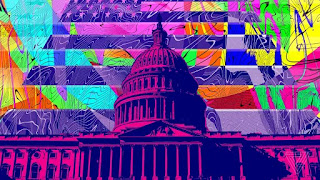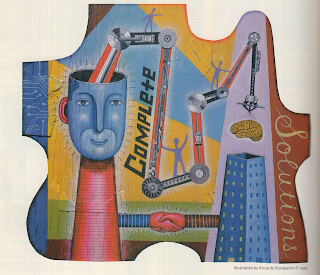HW14

For today's blog, I cover non-commercial art, meaning that the art presented here was not created for a client, nor was it created for any monetary gain, but rather to be creative. The art piece in this case depicts the late hip hop icon, Tupac Shakur. I am not really into hip hop, however the fact that Tupac is one of the most recognizable figures in music history, it felt wrong to not choose him for this blog which is I chose this piece. Though this is most likely a photograph that was heavily edited (likely using the same adobe programs we use), it still is an interesting combination of light colors. Even after learning about different color systems, I am still having troubles identifying what color system this uses. The blue definitely easy to distinguish, but the brownish-violet and tan colors are what throwing me off with making a final answer. With using the textbook as a reference, this portrait of Tupac resemb...





